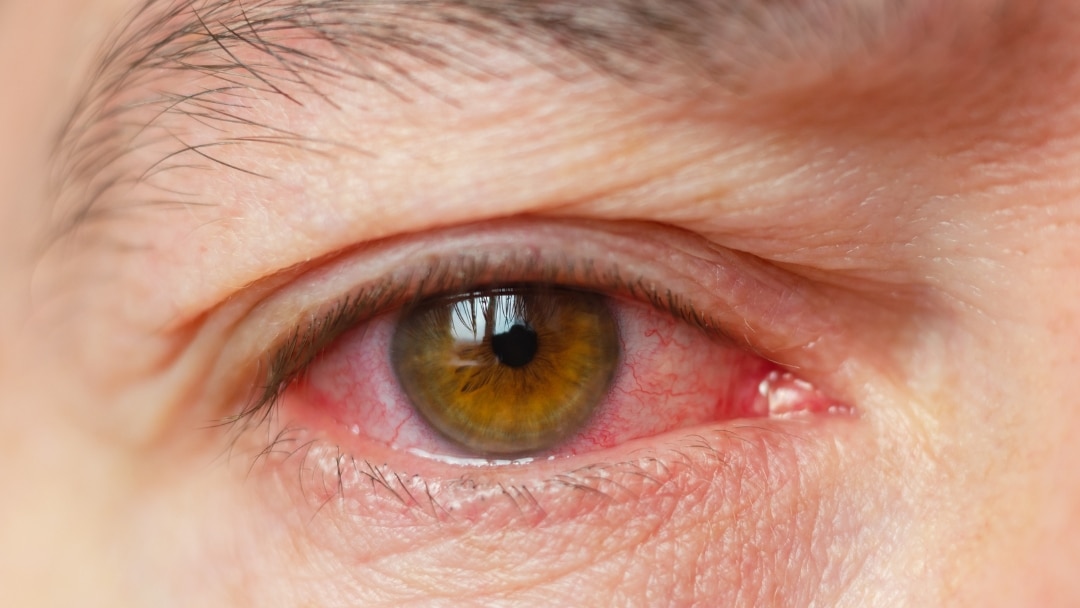Bělmo, a term that may sound unfamiliar to many, refers to an intriguing condition affecting the eye. Often overlooked in conversations about vision and eye health, bělmo deserves more attention than it typically receives. Understanding this condition is essential for anyone looking to maintain optimal eye wellness or support loved ones facing related challenges.
Whether you’re curious about what causes běl mo or how it manifests itself, this blog post will shed light on everything you need to know. From symptoms and treatment options to prevention strategies and coping tips, we’ll cover it all in accessible language that demystifies the topic for everyone. So let’s dive into the world of bělmo!
What Causes Bělmo?
Bělmo, also known as pterygium, occurs due to several factors. One of the primary causes is prolonged exposure to ultraviolet (UV) light. Those who spend a lot of time outdoors without eye protection are particularly at risk.
Environmental irritants can also play a significant role. Dust, wind, and chemical fumes may contribute to its development by irritating the conjunctival tissue.
Genetics might influence susceptibility too. If family members have experienced běl mo, you could be more prone to it.
Additionally, dry eyes or chronic irritation from contact lenses can lead to changes in the conjunctiva where bělmo often forms. Understanding these causes helps in recognizing potential risks early on and allows for proactive measures against this condition.
Symptoms of Bělmo
Bělmo, also known as pterygium or “surfer’s eye,” presents with distinct symptoms that can affect your daily life.
One of the most noticeable signs is a growth on the white part of the eye. This fleshy tissue may start small but can gradually extend across the cornea.
Individuals often experience redness and irritation around the affected area. It might feel like there’s something in your eye, creating discomfort during routine activities.
Some people report increased sensitivity to light. The glare from bright environments can become bothersome, making it hard to enjoy outdoor activities.
In advanced cases, vision changes may occur if bělmo grows large enough to obstruct sight. Persistent watering or dryness could also accompany these symptoms, adding to overall unease.
Recognizing these signs early is vital for effective management and treatment options down the line.
Treatment Options for Bělmo
When it comes to treating bělmo, early intervention is key. Depending on the underlying cause, treatment may vary significantly.
For mild cases or those linked to environmental factors, simple lifestyle adjustments can make a difference. Hydration and moisture retention are crucial. Artificial tears or lubricating eye drops often provide relief from dryness.
In more severe situations where inflammation is present, healthcare professionals might prescribe corticosteroid ointments or drops. These medications help reduce swelling and irritation effectively.
If an infection contributes to běl mo symptoms, antibiotic treatments may be necessary. It’s essential to consult with an eye care specialist for appropriate prescriptions tailored to your condition.
Surgical options exist for persistent cases where vision impairment occurs. Procedures aimed at correcting structural abnormalities can restore visual clarity and comfort in daily life. Each approach should be discussed thoroughly with a medical professional for personalized care plans that best suit individual needs.
Prevention of Bělmo
Preventing bělmo often starts with regular eye care. Scheduling routine check-ups with an eye specialist can help identify issues early.
Protective eyewear is essential, especially during activities that pose a risk to your eyes. UV-blocking sunglasses shield your eyes from harmful rays, reducing the likelihood of complications.
Maintaining a balanced diet rich in vitamins A, C, and E supports overall eye health. Foods like carrots, leafy greens, and fish contribute to clear vision.
Staying hydrated plays a crucial role too. Drinking enough water helps keep the eyes lubricated and reduces dryness that could lead to problems.
Managing chronic conditions such as diabetes is vital. Keeping blood sugar levels stable avoids additional strain on your eyesight and may prevent běl mo from developing over time.
Coping with Bělmo: Tips and Strategies
Dealing with bělmo can be challenging, but there are ways to ease the discomfort. Start by incorporating relaxation techniques into your daily routine. Deep breathing exercises and meditation can help reduce stress levels.
Stay informed about your condition. Understanding běl mo empowers you to make better decisions regarding your health. Knowledge is key in navigating this journey.
Connect with others facing similar challenges. Support groups, whether online or in person, provide a safe space for sharing experiences and advice. You’re not alone in this.
Consider keeping a journal to track symptoms and emotions. This practice can reveal patterns and trigger factors while offering an outlet for feelings.
Consulting with healthcare professionals is vital too; they can offer personalized strategies tailored to your needs. Don’t hesitate to seek their guidance as you manage these symptoms effectively.
Conclusion
Bělmo, often overlooked, can significantly impact one’s quality of life. Understanding its causes and symptoms is the first step toward effective management. Treatment options vary from natural remedies to medical interventions, allowing individuals to find what works best for them.
Prevention strategies play a crucial role in minimizing the risk of běl mo development. Staying informed about your eye health and adopting healthy habits can make a difference in maintaining clear vision.
Coping with běl mo involves both physical and emotional strategies. Support networks, educational resources, and self-care practices can empower those affected to navigate their situation more effectively.
Awareness is key when it comes to běl mo. By fostering understanding around this condition, we create opportunities for improved health outcomes and greater overall well-being for everyone involved. Embracing knowledge allows individuals not just to manage but also thrive despite the challenges that may arise from bělmo.

















